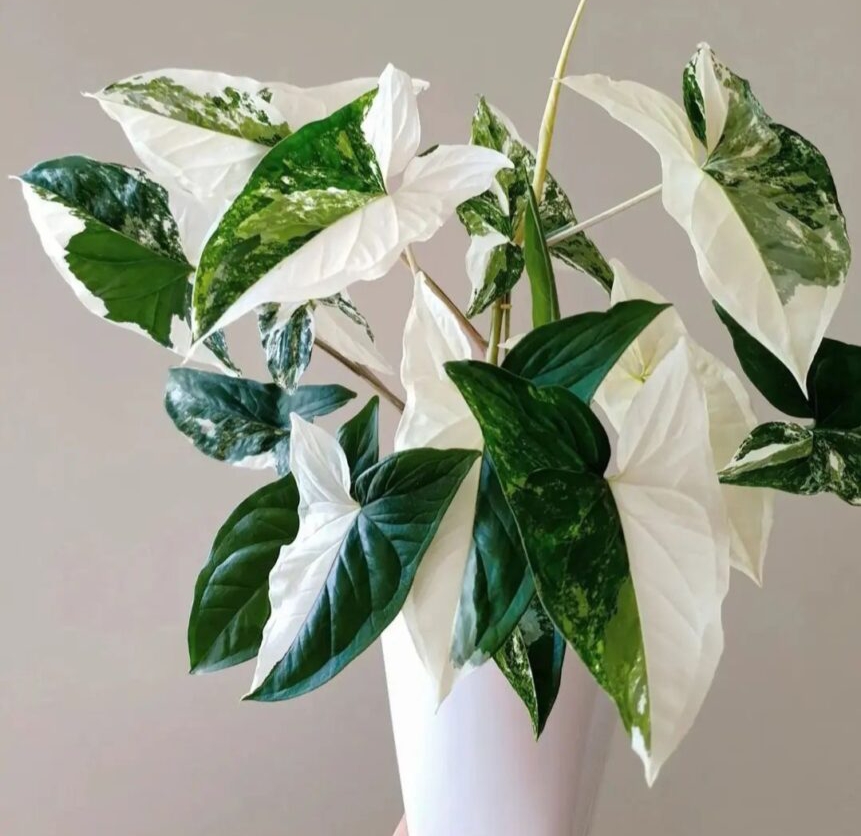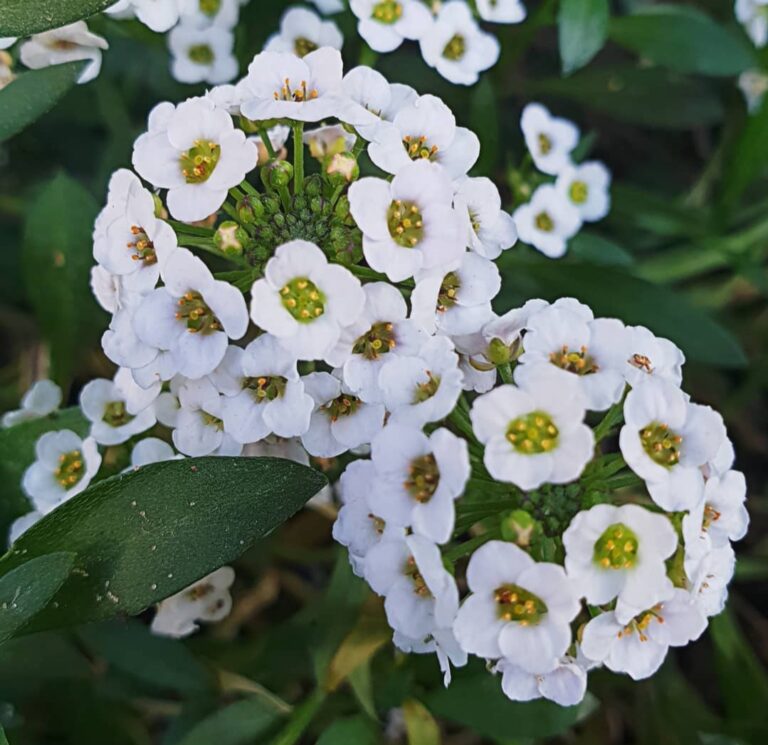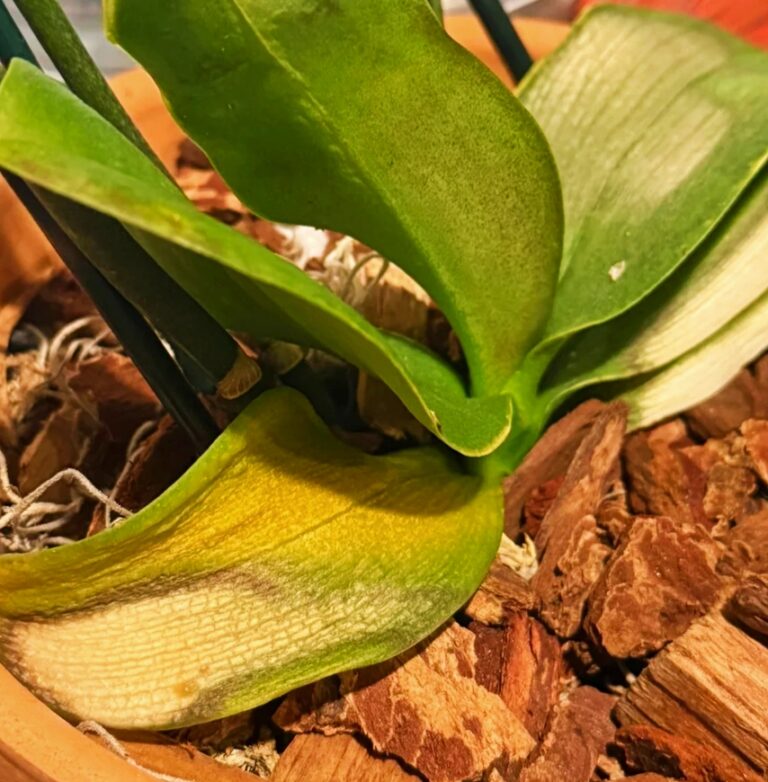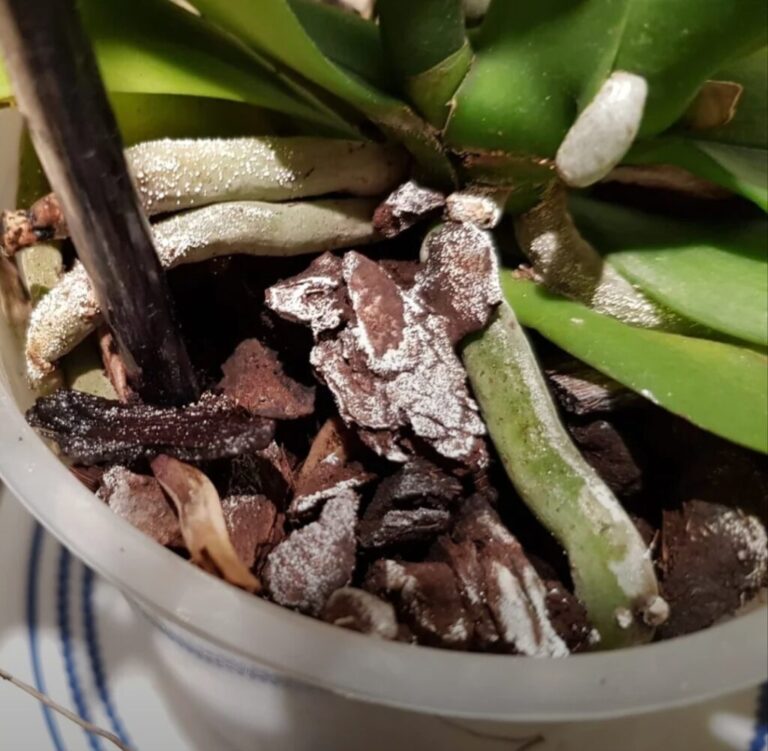Syngonium Albo is a breathtaking houseplant known for its unique green-and-white variegated leaves. This tropical beauty is cherished by plant lovers worldwide due to its ability to adapt to different growing conditions. However, maintaining its stunning variegation requires proper care. If you provide the right balance of light, humidity, and watering, your Syngonium Albo will thrive and become a focal point in your indoor garden.
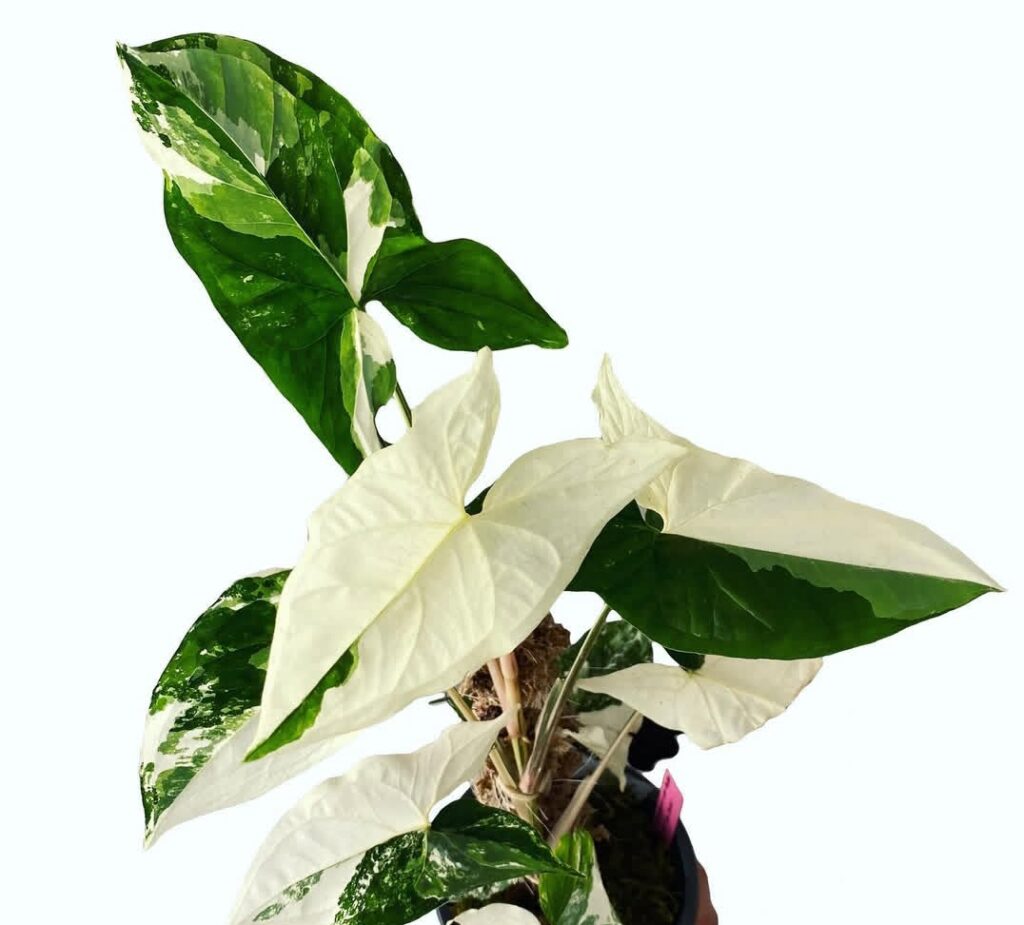
- 1 What is Syngonium Albo
- 2 Why is Syngonium Albo Popular
- 3 Syngonium Albo Care Guide
- 4 Light Requirements
- 5 Watering Needs
- 6 Ideal Temperature and Humidity
- 7 Soil and Potting Mix
- 8 Fertilizing for Growth
- 9 Pruning and Propagation
- 10 How to Prune Syngonium Albo
- 11 Propagation Methods
- 12 Water Propagation
- 13 Soil Propagation
- 14 Common Problems and Solutions
- 15 Yellowing Leaves
- 16 Brown or Crispy Leaf Edges
- 17 Pests and Diseases
- 18 FAQS
Syngonium Albo Profile Table
| Aspect | Details |
|---|---|
| Scientific Name | Syngonium podophyllum ‘Albo-Variegatum’ |
| Common Name | Syngonium Albo, Arrowhead Vine |
| Plant Type | Evergreen, climbing aroid |
| Mature Size | 1–3 feet indoors, longer if supported |
| Light Needs | Bright, indirect light (variegation fades in low light) |
| Watering | When the top 1-2 inches of soil dry out |
| Humidity | High (60%+); benefits from misting or a humidifier |
| Soil | Well-draining aroid mix (peat, perlite, orchid bark) |
| Temperature | 65–80°F (18–27°C); avoid cold drafts |
| Fertilization | Monthly during spring and summer with a balanced liquid fertilizer |
| Propagation | Stem cuttings in water or soil with at least one node |
| Toxicity | Toxic to pets and humans if ingested |
| Pest & Disease | Susceptible to spider mites, aphids, and root rot if overwatered |
What is Syngonium Albo
Syngonium Albo, scientifically known as Syngonium podophyllum ‘Albo-Variegatum’, is a rare arrowhead plant variety admired for its elegant foliage. Each leaf has a unique pattern, with splashes of creamy white that contrast beautifully with its deep green hues. This plant begins as a compact bush but eventually develops vining growth, making it a perfect candidate for hanging baskets or moss poles. With the right care, it can grow into a stunning trailing or climbing houseplant.
Why is Syngonium Albo Popular
Houseplant enthusiasts love Syngonium Albo not only for its mesmerizing variegation but also for its versatility and resilience. It can thrive in a variety of indoor conditions, making it suitable for both beginners and experienced growers. Unlike many variegated plants that demand high maintenance, Syngonium Albo is relatively easy to care for. Its ability to purify the air while adding a touch of elegance to any space makes it a highly desirable plant in modern homes.
Syngonium Albo Care Guide
Light Requirements
Syngonium Albo thrives in bright, indirect light, which helps maintain its stunning variegation. Placing it near an east or west-facing window allows it to receive the perfect balance of sunlight without being exposed to harsh rays. While it can survive in lower light conditions, prolonged exposure to dim environments can cause its white variegation to fade, making the leaves turn predominantly green. On the other hand, too much direct sunlight can scorch the delicate leaves, leading to crispy edges and brown spots. A sheer curtain or filtered light is ideal for ensuring healthy, vibrant foliage.
Watering Needs
Proper watering is essential to prevent common issues such as root rot and dehydration. The best way to water Syngonium Albo is to check the top 1–2 inches of soil—if it feels dry, it’s time to water. Overwatering can cause yellowing leaves and mushy roots, while underwatering can result in dry, curling foliage. During the active growing season in spring and summer, Syngonium Albo requires more frequent watering. However, in winter, when growth slows, it’s best to reduce the watering schedule to avoid excess moisture buildup. Using distilled or filtered water can help prevent mineral buildup that may affect the plant’s health.
Ideal Temperature and Humidity
Syngonium Albo thrives in warm temperatures ranging from 65–85°F (18–29°C). If exposed to temperatures below 50°F (10°C), its growth may slow down, and the leaves could develop damage. To ensure optimal health, avoid placing it near cold drafts, air conditioning vents, or direct heat sources like radiators. Since this plant originates from tropical rainforests, it enjoys high humidity levels of 60% or more. If your home has dry air, using a humidifier, placing a pebble tray under the pot, or grouping plants together can help increase moisture levels. Keeping the humidity high prevents leaf crisping and encourages lush, healthy growth.
Soil and Potting Mix
Choosing the right soil mix is crucial for Syngonium Albo’s overall health. It prefers a well-draining, airy potting mix that retains moisture without becoming waterlogged. A mixture of peat moss, perlite, and orchid bark creates the perfect balance of drainage and aeration, preventing root rot. Using a pot with drainage holes is essential to allow excess water to escape. Repotting every 1–2 years helps refresh the soil and provide more space for root development. When repotting, gently loosen the roots to encourage healthy new growth. A high-quality, nutrient-rich soil mix will support vigorous foliage and maintain the plant’s stunning variegation.
Fertilizing for Growth
Fertilization plays a key role in keeping Syngonium Albo healthy and vibrant. During the growing season (spring and summer), feeding it with a balanced liquid fertilizer once a month provides the necessary nutrients for lush foliage. A diluted 10-10-10 fertilizer works well, but be careful not to overfeed, as excessive nutrients can lead to salt buildup in the soil. Organic alternatives like worm castings or fish emulsion can also enhance growth while being gentle on the roots. During fall and winter, it’s best to reduce fertilization, as the plant enters a slower growth phase and requires fewer nutrients.
Pruning and Propagation
How to Prune Syngonium Albo
Regular pruning helps maintain Syngonium Albo’s shape and encourages bushier growth. Over time, the plant can become leggy, producing long vines with fewer leaves. To keep it compact, trim the stems just above a node, where new growth will emerge. Removing yellow or damaged leaves not only improves the plant’s appearance but also redirects energy to developing healthier foliage. Always use sterilized scissors when pruning to prevent bacterial infections and promote clean cuts. If you want a fuller look, pinch off the growing tips to stimulate multiple new shoots.
Propagation Methods
Propagating Syngonium Albo is simple and highly rewarding. The easiest method is stem cuttings, which can be rooted in either water or soil.
Water Propagation
Take a healthy stem cutting with at least one node and one leaf. Place it in a glass of water, ensuring that the node is submerged. To stop the growth of bacteria, change the water every few days. Within 2–4 weeks, roots will begin to develop. Once the roots reach about 2–3 inches in length, transfer the cutting to soil for continued growth.
Soil Propagation
To propagate in soil, cut a stem with a node and plant it directly into moist, well-draining soil. Keeping the soil consistently damp encourages faster root development. Covering the cutting with a plastic bag can create a mini greenhouse effect, boosting humidity and accelerating growth. Within a few weeks, new leaves will emerge, indicating successful propagation.
Common Problems and Solutions
Yellowing Leaves
Frequently, nutrient deficits, overwatering, or underwatering result in yellowing leaves.If the soil remains constantly wet, reduce watering and ensure proper drainage. If the leaves are limp and dry, increase watering slightly. Adding a balanced fertilizer can help correct nutrient-related issues, restoring vibrant green foliage.
Brown or Crispy Leaf Edges
If Syngonium Albo’s leaf edges turn brown or crispy, low humidity or direct sunlight may be the culprit. Dry air can cause moisture loss, leading to unsightly browning. Increasing humidity with a humidifier or misting the leaves occasionally can help. Additionally, move the plant away from direct sun exposure, as harsh rays can scorch the delicate variegated portions.
Pests and Diseases
Like many houseplants, Syngonium Albo is susceptible to pests such as spider mites, mealybugs, and aphids. These tiny insects can suck the plant’s sap, causing leaf damage. Wiping the leaves with neem oil or spraying insecticidal soap can effectively eliminate infestations. Root rot is another common issue, usually resulting from excess moisture in the soil. Using a well-draining mix and adjusting your watering routine can prevent fungal infections and keep the roots healthy.
Syngonium Albo is a stunning and relatively low-maintenance plant that brings elegance to any indoor space. By providing bright, indirect light, proper watering, and maintaining high humidity, you can ensure its vibrant variegation remains strong. Whether you’re pruning for a fuller shape or propagating new plants, Syngonium Albo is a rewarding addition to any plant collection. With the right care, it will flourish and continue to be a showstopper in your home!
FAQS
What is Syngonium Albo?
Syngonium Albo, also known as Syngonium podophyllum ‘Albo-Variegatum,’ is a rare and beautiful variegated arrowhead plant with striking white and green foliage. It is a popular houseplant due to its low maintenance and aesthetic appeal.
How much light does Syngonium Albo need?
Syngonium Albo thrives in bright, indirect light. Too much direct sunlight can burn its variegated leaves, while low light may reduce variegation and slow growth.
How do I increase humidity for my Syngonium Albo?
Syngonium Albo prefers moderate to high humidity (above 60%). Increase humidity by misting, using a humidifier, or placing the plant near a pebble tray filled with water.
Does Syngonium Albo need pruning?
Yes, pruning helps maintain its shape and encourages bushier growth. Trim leggy or yellowing leaves with clean scissors to keep the plant healthy.
Can Syngonium Albo be grown in water?
Yes! Syngonium Albo can be propagated and grown in water. However, if grown long-term in water, replace it regularly to prevent stagnation.
Why are my Syngonium Albo’s leaves turning yellow?
Yellow leaves can result from overwatering, underwatering, or poor drainage. Adjust watering habits and ensure the soil isn’t too compact.
How do I maintain Syngonium Albo’s variegation?
Provide bright, indirect light to maintain variegation. Low light can cause new leaves to have less white coloring.
Is Syngonium Albo toxic to pets?
Yes, Syngonium Albo is toxic to cats and dogs if ingested, as it contains calcium oxalate crystals that can cause mouth irritation and digestive issues.
How fast does Syngonium Albo grow?
Syngonium Albo is a moderate to fast grower, especially in warm, humid conditions with regular fertilization.
Can Syngonium Albo be grown outdoors?
Yes, but only in warm climates (USDA zones 10-11). If grown outdoors, place it in a shaded area to prevent sunburn
